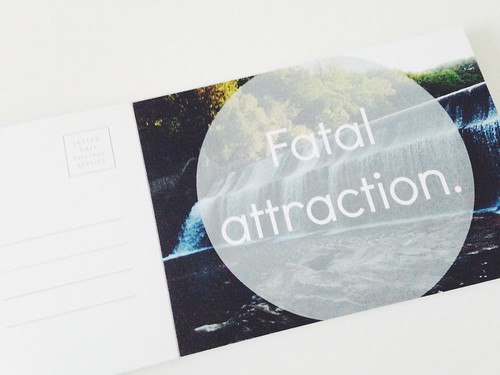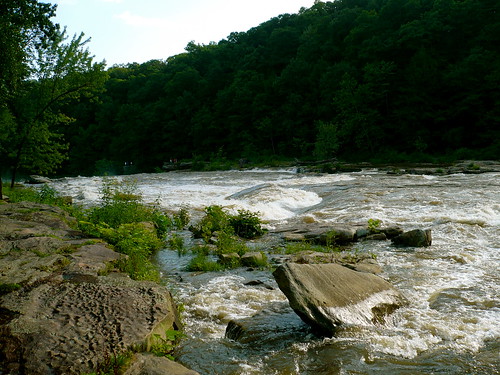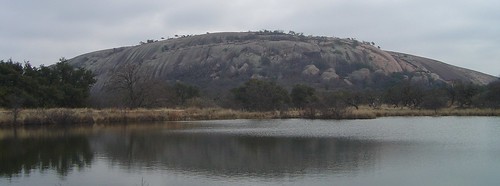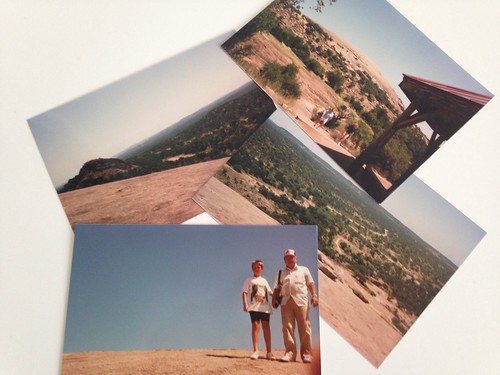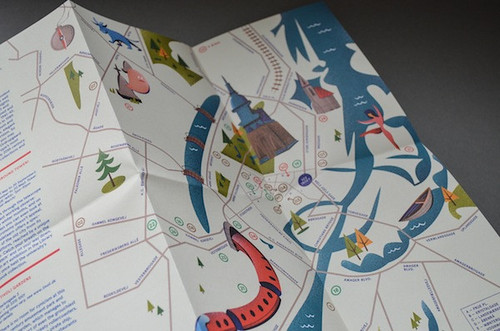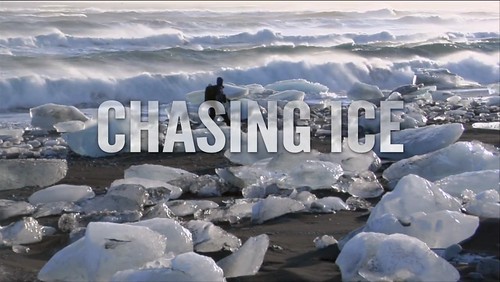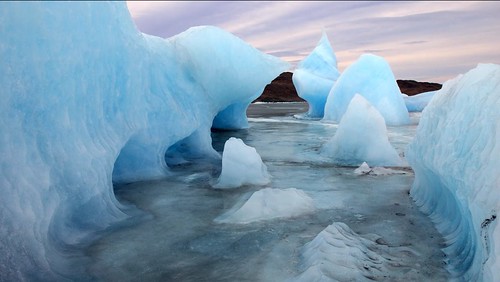 |
| Glines Canyon Dam, Elwha River, Washington. Photo: Mikal Jakubal |
There is a low-stakes battle being waged inside this head of mine. The head versus the heart. The personal versus the professional. The pragmatic versus the radical. When stepping back and really thinking through what I take away from a documentary (and what others will take from that experience), which of those matter most and should come out on top?
Let me back up. A few weeks ago I attended a screening of DamNation at the D.C. Environmental Film Festival. The film explores the shift in attitude from a country built on dams (from the mill dam's role in the industrial revolution to the great dam-building era of the New Deal) to one in which the detrimental effect of many of these structures has given rise to an effort to remove certain dams and restore rivers. Filled with sweeping vistas and many charismatic rivers of the west, the film is gorgeous, visually spectacular. My inner aesthetician totally wants to fist-bump the cinematographer.
From the cultural and religious significance of salmon for many tribes of the Pacific Northwest to the evocative landforms now buried by Glen Canyon Dam, it makes a play for our heartstrings by blending the historic and spiritual. It also attempts to appeal to our inner wild thing with dam-scaling graffiti artists and a bit of a "fight the man" vibe running throughout the film's narration. The inner activist in me now wants in on the fist-bumping action.
However, as I sat in the theater, I looked around at all of the fleece and the shiny, white faces ready to take action and couldn't help wondering what my people would get out of this film. What would the ranchers in San Angelo, Texas make of this message? Would my grandfather--a helps with local elections, writes letters to the city council kind of dude--be moved to write a letter to editor next time an article appeared about a new dam being built? Texans appreciate the land and the water they have dominion over. In fact, more often than not, they'll work it like a bitch to extract every possible tiny bit of appreciation out of it that they can. And these aren't just Texas communities. They exist in every state. I work with them. I reckon (because that's how we do) this isn't their film.
Who was this film meant to appeal to? In my estimation, it's a documentary meant to appeal to and mobilize your base. Something to excite them to send their Congressional rep an email or drop a check in the mail to (hopefully) an effective environmental group. Maybe they'll be amped enough (until they realize it's not as sexy as the movies make it) to want to take on a dam removal in their neck of the woods. What it likely won't do is win that city council battle over removal of the municipally owned dam. The implicit bucking of authority and rules combined with gratuitous (even if artistic) female nudity would cause my grandfather and others like him to immediately discount the more salient arguments made for restoration.
I have DamNation to thank for my continuing mental thumb war--the pumped up girl who dashes off 'getting radical' posts versus the pragmatist who knows what it takes to make real change happen. What I do know is that documentaries can be powerful tools for change when wielded appropriately, and part of that power lies in identifying your audience--critical in developing your message, film and corresponding call to action.
Who do you strive to appeal to when you create?
Keep your eye on this space because I will be announcing a couple of exciting documentary-related projects inspired by all the questions of audience and social change brought about by this film. Sign up for my newsletter below to be the first to hear about it!

